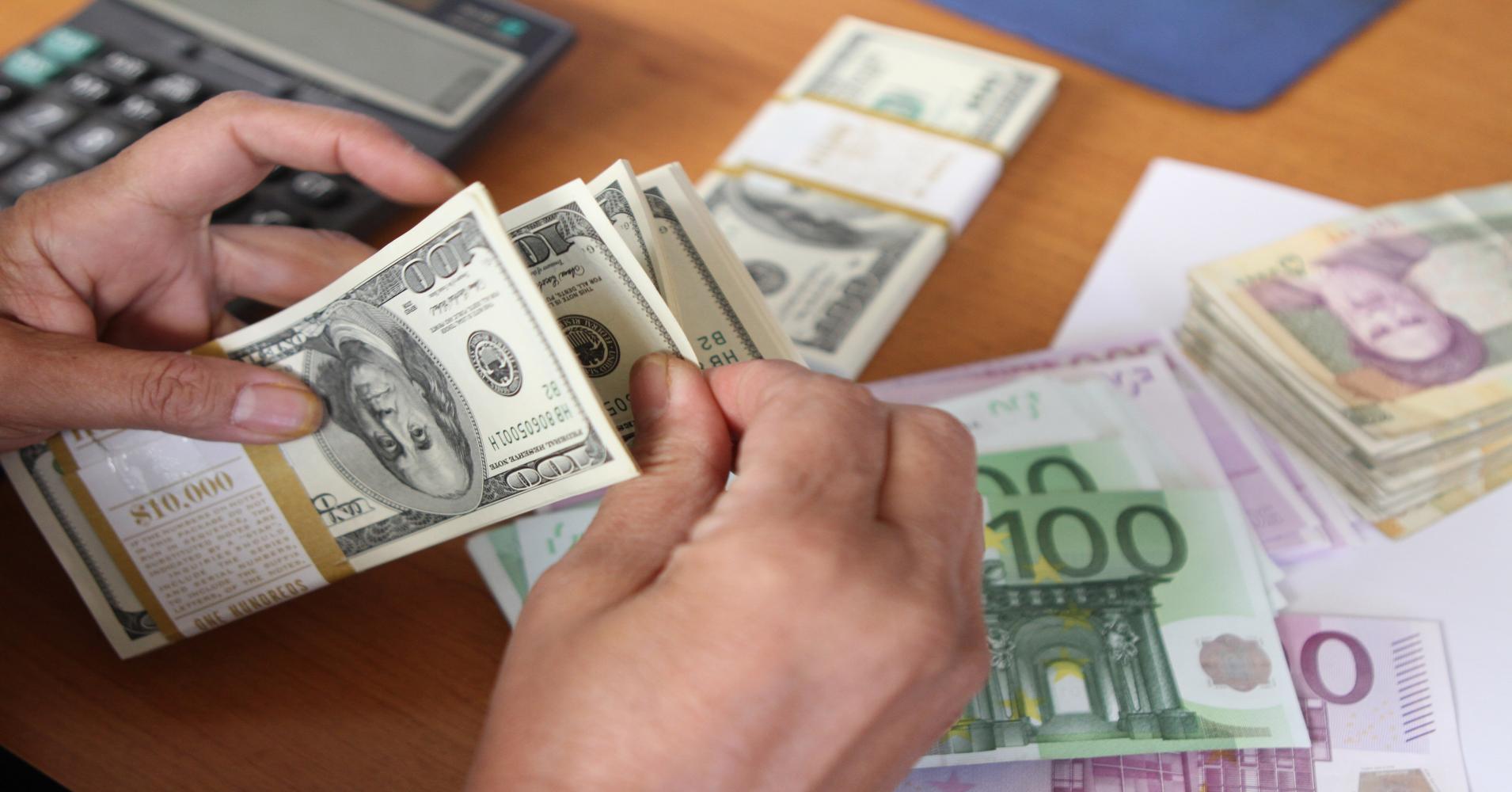In modern economies, foreign exchange rates fluctuate. There are rare instances when central banks defend the stability of their currency, as things are mostly left to the markets.
Moreover, the recent trend of monetary stimulus brought about by weak growth in much of the developed world is actually leading to the weakening of most reserve currencies.
Iran's foreign exchange policy is very different. It has a multiple exchange rate regime. On Sunday, 34,720 rials was changed for a US dollar in Tehran's markets. The central bank exchanges it for 30,478 rials, but only for certain purposes.
Market exchange rates have stayed relatively stable in the past three years, owing to heavy capital controls, trading by the central bank and low business activity, among others.
In Donya-e-Eqtesad's Sunday editorial, two central bank analysts, Reza Boustani and Pouya Jabal Ameli, warn of the consequences of this policy and urge policymakers to adopt market-oriented policy and allow the rial to lose its value.
Rial's weakening would directly increase the value of government crude oil sales. It would also make Iranian-made goods more competitive in Iran as well as in international markets.
A weaker rial makes Iranian goods cheaper in other countries, while making foreign goods more expensive in Iran. Competitive goods lead to rising corporate sales and profits.
Higher corporate profits mean additional tax revenues for the state. There are, however, limits to how much this strategy can be exploited to boost exports.
> False Stability
Contrariwise, the Iranian government is depleting its foreign exchange reserves, which come from oil sales, to hold rial's exchange rate nearly constant.
One reason is that a weaker rial means more expensive exports. That is a deterrent to policymakers due to Iran's heavy reliance on import of consumer and basic goods. Rial's weakening would severely diminish living standards—a risk Iranian administrations actively avoid.
Standard economic theory suggests that, everything else being equal, currencies should fluctuate based on the inflation difference in their economies.
As the writers propose, the rial should weaken roughly 12% against the dollar, given Iran's over 12% inflation rate and the US's near zero inflation. If this depreciation is cancelled by pegging the rial to the greenback, Iranian goods will lose their edge over time.
In this situation, if free flow of money was allowed, this disparity could be exploited by an arbitrageur. You could borrow in dollars and buy assets in rials. Later, sell those assets and bag the disparity of inflation, or interest rates for that matter.
Ultimately, the flow of money into Iran would force the government to abandon the peg, when its reserves run out. To stop or slow the flow of money, governments raise walls of tariffs and capital controls.
The Central Bank of Iran's foreign exchange policy also fuels smuggling, the article proposes. True, but the surge in contraband has its roots in regulatory flaws rather than exchange rate policy.
> Dropping Anchor
Iran's foreign exchange policy flaws go deeper. The CBI is using a multiple exchange rate regime, as it has in much of the past three decades. The government has always offered a stronger than market exchange rate for the rial.
Some politicians defend the system by highlighting the diminished usage of official exchange rates. They argue that since the official exchange rate sees limited use, its effects are minimal and not worth the shock created from its dissolution.
The writers contend otherwise. They warn of the anchoring effect the official exchange rate has on the market rate. That is aside from central bank limitations on trading in the open market and its operations to manage the market rate.
The anchoring effect of the official exchange rate and central bank operations in the open market suppress market adjustments, as seen in the relative stability of exchange rates in the past three years.
"The fear of adopting a single exchange rate regime is evident in words and acts of officials," they write. It stems from the fear of forex fluctuations in a monetary system without "a nominal official anchor". But the hidden costs of the current system exceed that of a managed float.
> Facing Fears
What the two advocate, in the end, is to allow the rial to depreciate "logically". A fine idea, apart from determining the logical amount of depreciation.
The writers make the case for inflation. But they oversimplify. Foreign exchange rates take queues from a wide array of variables and picking an over-ruling attribute is unreasonable.
While their argument veers off on specifics, what the writers advocate is right in principle. The rial should be floated with a single exchange rate. Here we hit the real stumbling block.
The prevalent culture in Iran sees a depreciation of the currency as an evil to avoid. Sadly, many politicians tend to agree. This increases the political cost of floating the rial and allowing it to depreciate.
The bold politician who goes this way will have a hard time in an election against a populist who falsely promises to keep the status quo. "The real issue is not a lack of understanding, but a lack of courage among policymakers," they declare.
The Iranian economy is addicted to cheap imports and foreign exchange stability, bought by petrodollars and the fear of withdrawal symptoms is enough to lull politicians.


